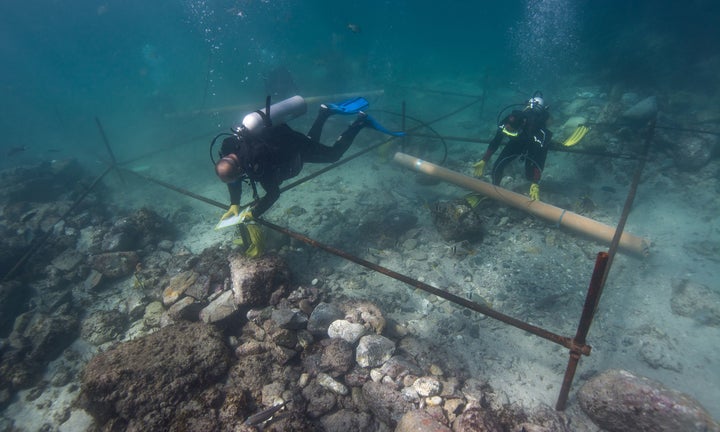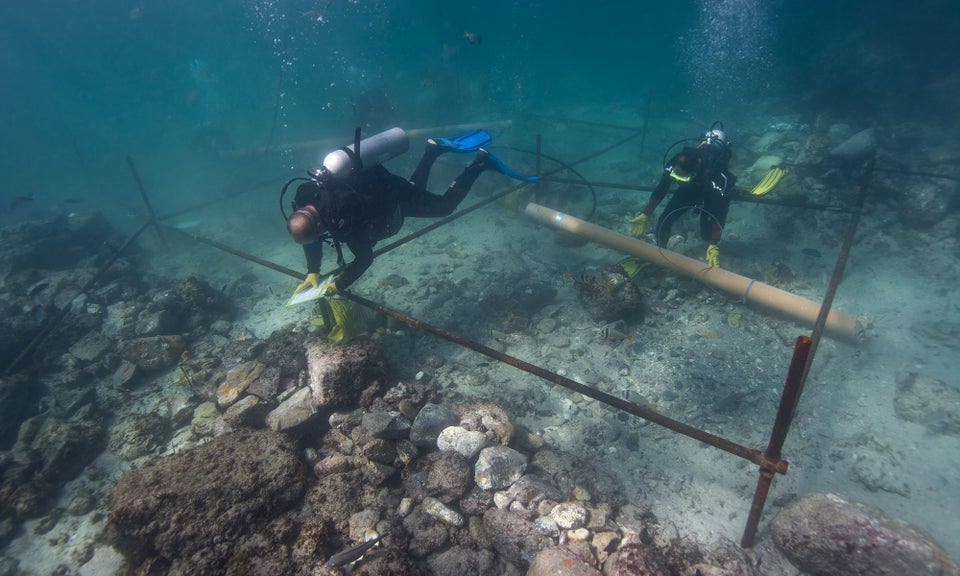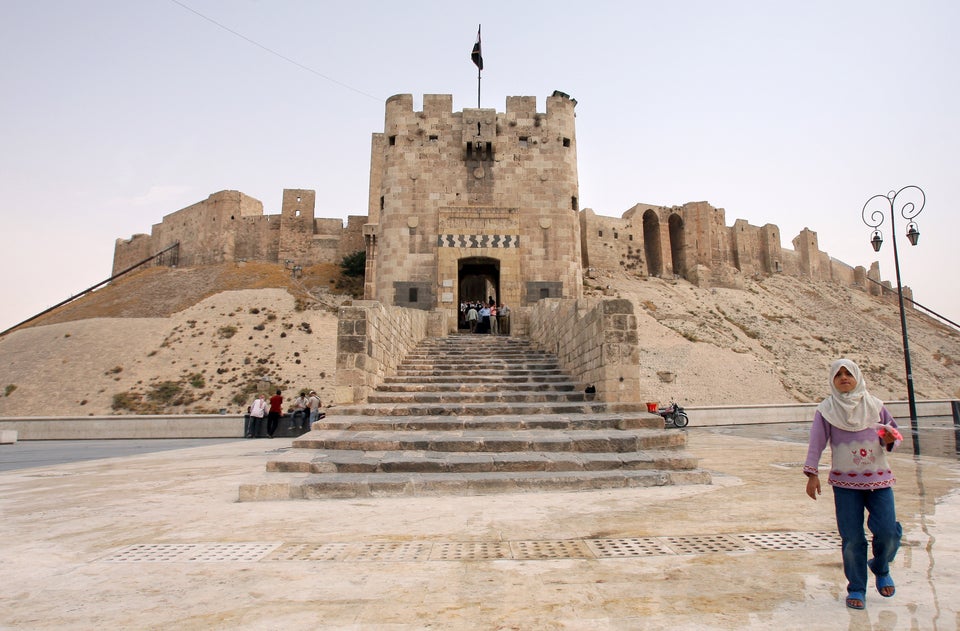
The wreckage of a ship from the fleet of the celebrated 16th century Portuguese explorer Vasco da Gama (1460-1524) has been discovered off the coast of Oman, archaeologists said on Tuesday.
National Geographic called the 500-year-old shipwreck the oldest ever found from the Europe's Golden Age of Exploration, a period when European nations sought to uncover global sea trade routes. Da Gama established the Indian trade route in 1498 when he sailed around Africa and through the India Ocean to what is now the southern Indian state of Kerala.
It's believed to be the wreck of the Esmeralda, which went down in May 1503 during a storm near al-Hallaniyah Island in the Indian Ocean, likely on its way to India.
Scroll down for photos.
While the wreck site was initially discovered in 1998, archaeological work by the Oman Ministry of Heritage and Culture didn't begin until 2013. Now, the ongoing work has yielded more than 2,800 artifacts, including a fractured bronze bell with an inscription suggesting that the ship dates to 1498.
The bell -- believed to be the oldest ship's bell ever recovered -- was "amazingly, found under a boulder, having stayed there for over 500 years," David Mearns, director of Blue Water Recoveries, an English company that made the initial discovery, told the Times of Oman.
Also recovered from the site were ceramics, firearms, cannonballs, and a number of gold and silver coins. The findings included an extraordinary rare silver "Indio" coin commissioned by King Dom Manuel of Portugal in 1499 and used specially for trade with India.
It's only the second Indio that has ever been discovered.
"That was an amazing discovery," Mearns told The Associated Press. "It was like a thing you read about in a Hollywood story."
Mearns said the remote location of the wreck, off a sparsely populated island 28 miles from the mainland, helped protect it from looters, NatGeo reported.
A paper describing work on the wreck site was published today in the International Journal of Nautical Archaeology.









